
How to use your car lights to stay safe and legal
It’s easy to start racking up fines, points on your licence and even convictions if you don’t use your lights properly and keep them in good working order.
Aside from the penalties, using the wrong lights at the wrong time can be dangerous - for you and for other road users.
Take a look through these guidelines to help you stay safe and on the right side of the law:
How to use your hazard lights
While driving:
Do use hazard lights while driving if you’re on a motorway or dual carriage way and you need to warn other drivers that there’s a hazard on the road ahead.
Don’t use them under any other circumstances while your car is in motion, even if it’s being towed!
While stationary:
Do use your hazard lights if you’re stationary and causing a temporary obstruction.
Don’t think you can just stop anywhere you want so long as you put your hazards on! You can’t, and using your hazards won’t get you out of a fine for parking illegally.
If you break down:
Do use your hazards to warn other traffic if you’ve broken down in a dangerous place that could affect other traffic, or if you've broken down on the motorway and stopped on the hard shoulder.
Don’t rely on your lights to keep you safe: a lot of accidents happen on the hard shoulder so you need to stay alert and in a safe position.
How to use your brake lights
It’s not uncommon to see a car with one brake light out but as you’re usually the one driving your car, it’s not surprising that it can take weeks or even months before you realise that a brake light needs replacing!
Easily done, but a faulty brake light is dangerous - it’s vital that the cars driving behind you can tell when you’re slowing down, especially if you have to stop suddenly.
Do ask someone to help you check your brake lights are working by standing behind your car while you apply the brakes. You should do this once a week.
Do replace a faulty bulb straight away. If you don’t feel confident fitting the new bulb yourself, your local Halfords will do it for a small fee.
Don’t get caught out. If you’re stopped by the police and a brake lights is not working, you may get a verbal warning. However, you could get:
- An endorsable Fixed Penalty Notice - a £60 fine and 3 points on your licence
- A Roadside Prohibition Notice - giving you 10 days to get the fault repaired before a repeat inspection
- Your car taken off the road immediately
How to use your fog lights
Driving in fog can be pretty scary, especially the first time you do it. Visibility is limited, so it’s very important that you know how and when to use your fog lights.
In the UK you have to have at least one rear fog light, though many cars - especially more expensive models - come with front fog lights as well.

Find out more about how to drive in fog.
Do use your fog lights if you’re driving in fog. It’s not a legal requirement but it will help you stay safe by making it easier for other drivers to see you.
Don’t use your fog lights when visibility is good. Other drivers can easily be dazzled, especially at night.
Don’t get caught out. It is illegal to drive with your fog lights on in clear weather and you could receive a non-endorsable Fixed Penalty Notice - no points but a £30 fine.
How to use your sidelights
Sidelights are the small, white lights on the front corners of the car. When these are on, the rear tail lights and number plate are also illuminated.
Although you won’t actually get much benefit to your visibility by using your sidelights, they do still serve an important purpose: backup.
Do use your sidelights if one of your headlights blows - it’ll let other road users know you’re a car rather than a motorbike, by showing your width with 2 lights.
Do use the sidelights when visibility is reduced but not to the point of needing headlights.
Do use your sidelights if you have to park at night on a road where the speed limit is greater than 30mph. It’s the law.
How to use dipped headlights
Dipped headlights give you much better visibility at night than your sidelights, and make you more visible while minimising the glare to other drivers.
Although legally you can just use your sidelights at night so long as you’re driving under 30mph in a well-lit area, most people opt for dipped headlights instead - they do a much better job at lighting up the road ahead.

Do use your dipped headlights if you’re driving at night. This isn't only to help you see - it means other drivers can see YOU.
Do use your dipped headlights in the daytime if visibility is reduced - like in fog, heavy rain or snow.
Do use dipped headlights if you are overtaking. When you're level with the other vehicle, you can switch to full beams if you need to.
Do check your bulbs regularly and replace them straight away if one stops working - it’s cheap and quick to do.
Don’t get caught out. If you get stopped by the police with only one headlight working, you could get:
- A verbal warning
- A non-endorsable Fixed Penalty Notice with no penalty points and £30 fine
- An endorsable Fixed Penalty Notice with 3 penalty points and £60 fine
- A Roadside Prohibition Notice, giving you 10 days to get the light fixed, along with proof from a qualified engineer to be shown at a police station
How to use your full beam headlights
These are the brightest lights your car has, and they’re angled to give as much visibility in the dark as possible.
So why not just use them all the time? Because they’re so bright that they will dazzle other road users, which could cause a crash.
Do use full beams at night on an empty stretch of road or motorway. But make sure you switch back to dipped headlights when you see another car coming towards you on the other side of the road or driving ahead of you in the same direction.
Don’t use your full beam headlights in daytime even if visibility is poor. Use your sidelights or dipped headlights instead.
Don’t use your full beams because one of your dipped headlights isn’t working. It’s dangerous! It’s actually safer to drive with just 1 dipped headlight than risk dazzling other drivers.
Don’t get caught out. Although there are no laws directly relating to using full beams, if you do have them on at the wrong time and dazzle other road users, you could get points on your licence for driving without due care and attention.


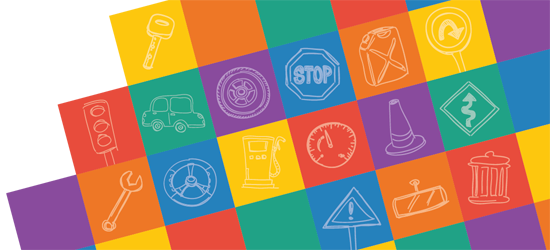

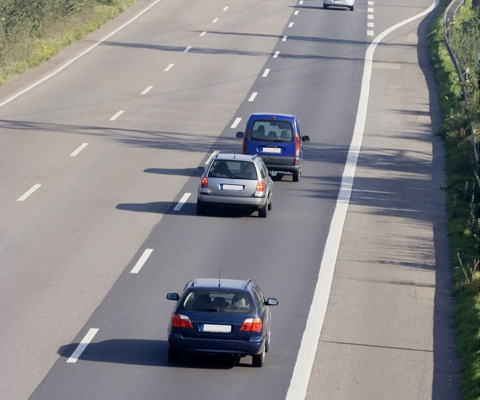
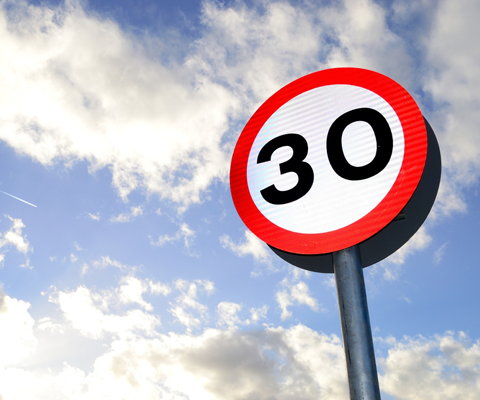
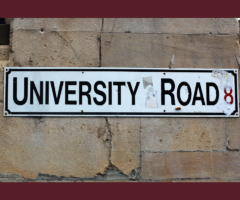
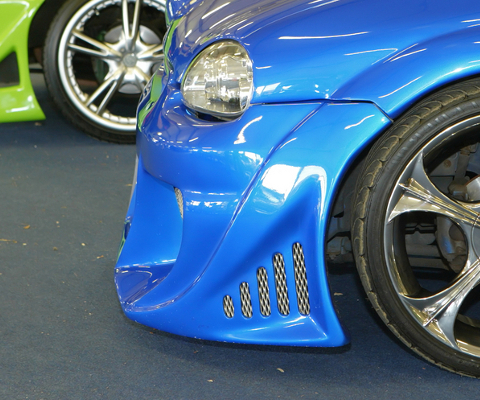
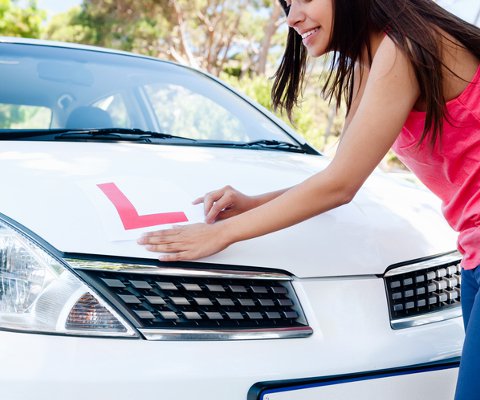



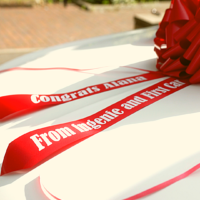


Wow Jack – thanks! This is so much ace stuff. I’ll add in the headlight adjuster. I’ll also punch the person who told me sidelights use less power in the face. 🙂
Honor
What Jack says about the alternator is not correct (your friend was). The alternator will load the engine proportionately to the electrical load placed on it. The more electrical load you place on it (e.g. dipped beam vs the less powerful sidelights) the more torque it applies against the engine which forces the engine to use more fuel. You can notice this when your engine is idling and you suddenly flick main beam on – the engine revs will dip as the ECU is caught out by the sudden additional torque request.